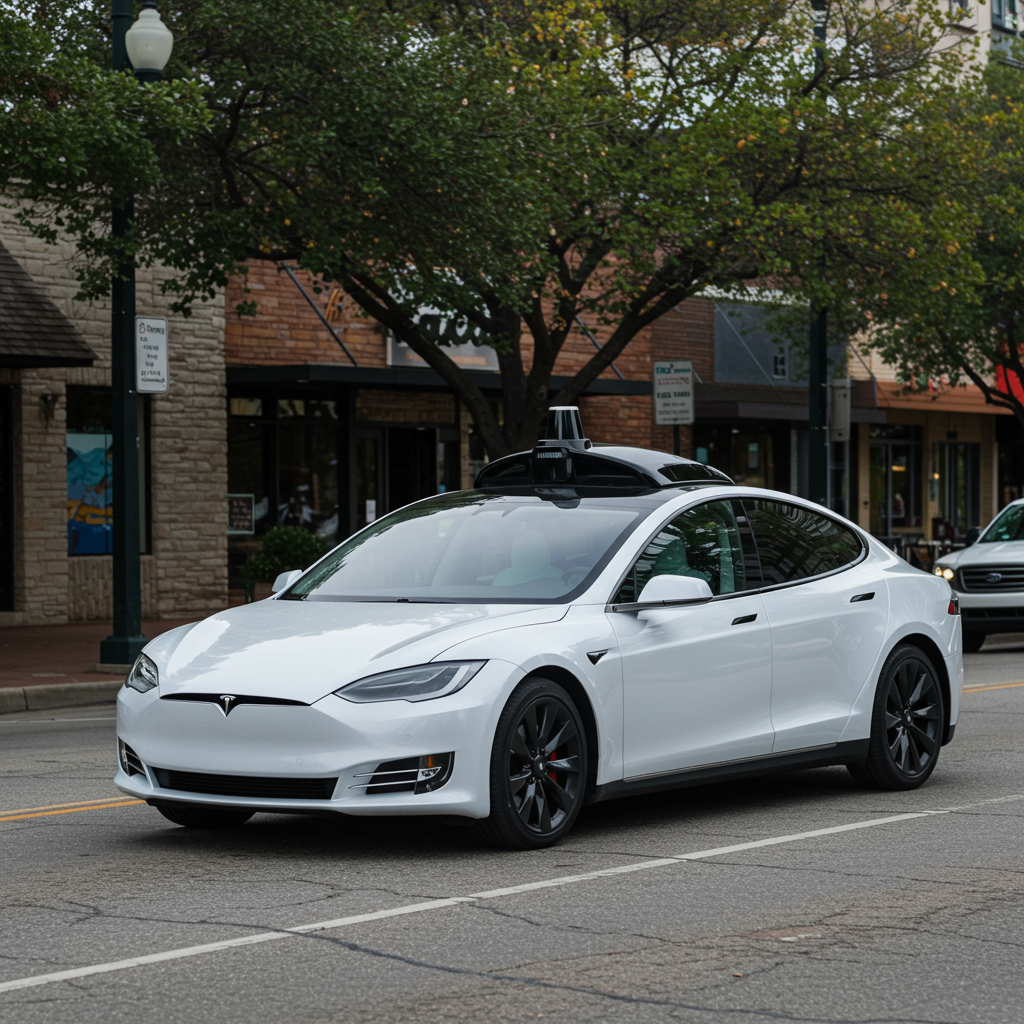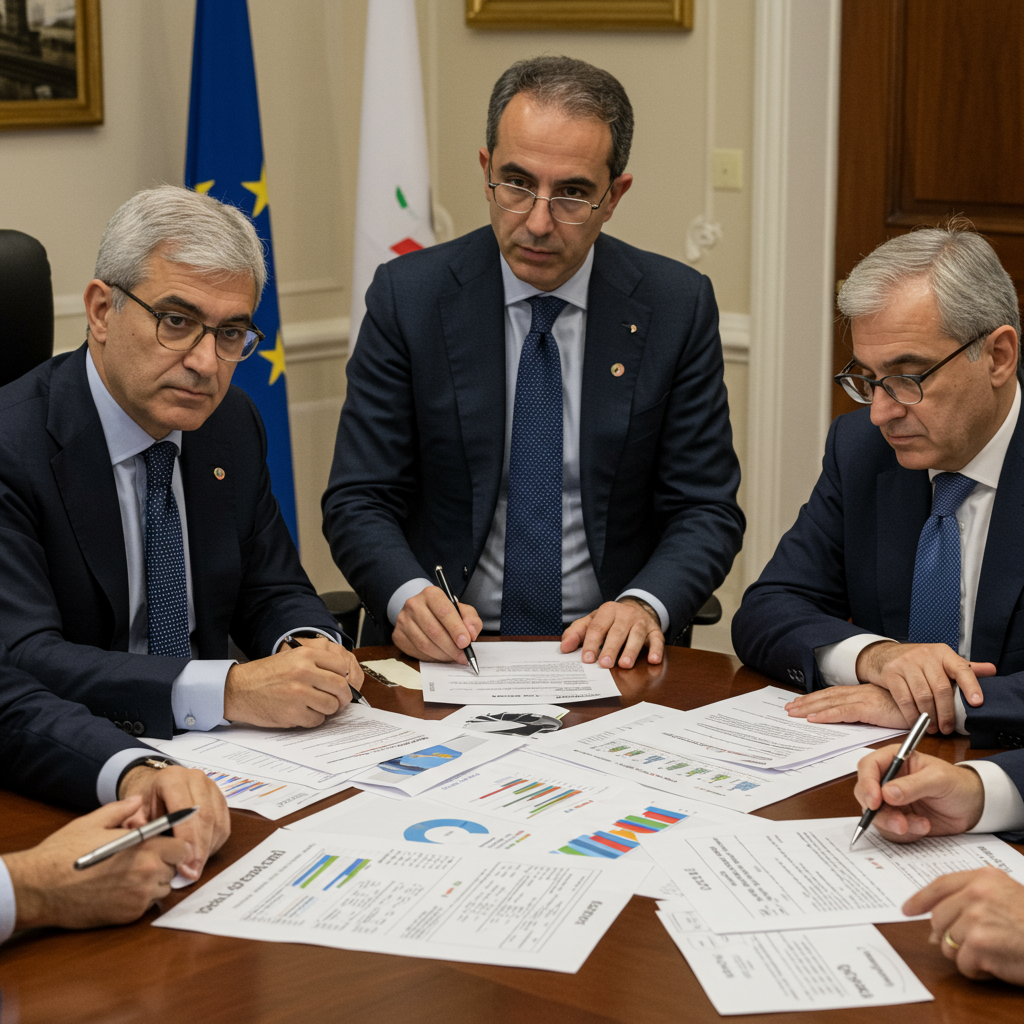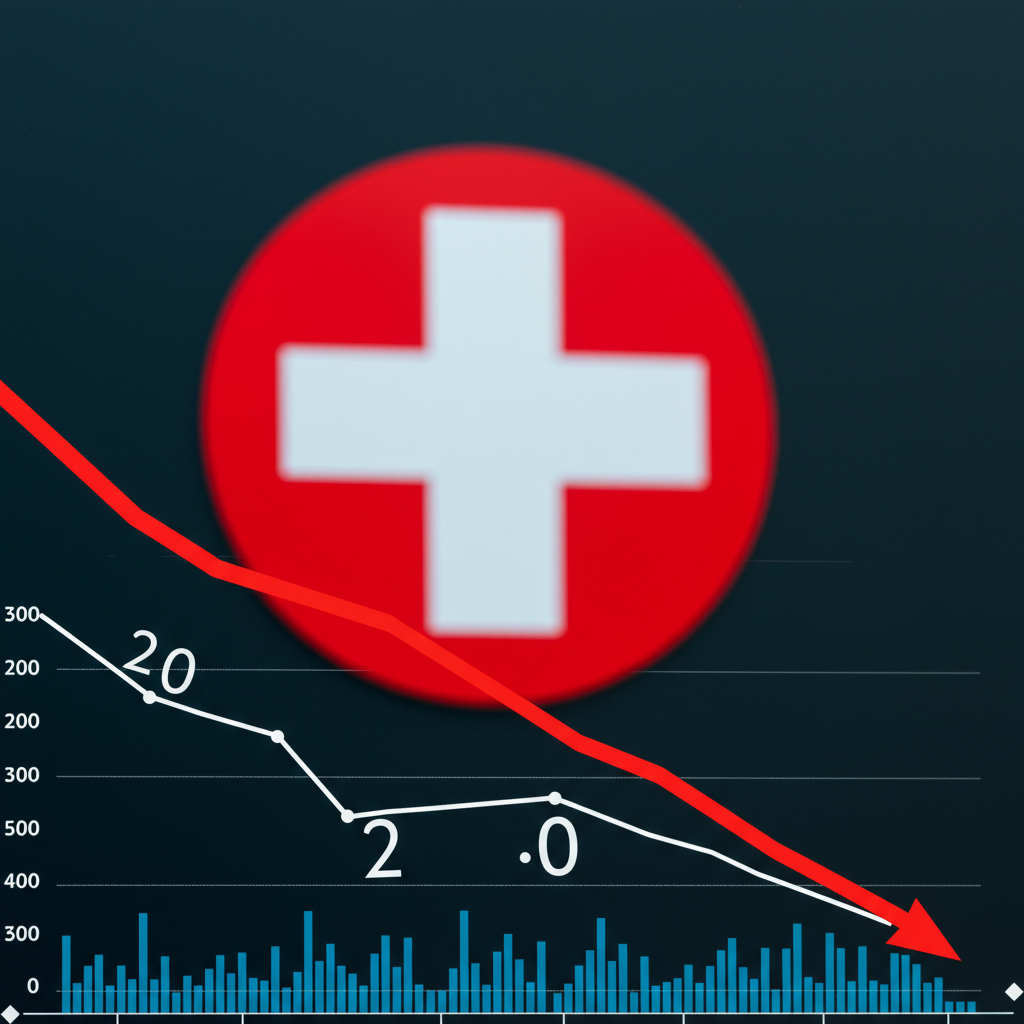Just as Tesla launched its pilot robotaxi service in Austin, Texas, the program has reportedly encountered its first documented safety concern. This incident, logged on the city’s autonomous vehicle incident dashboard, occurred on the very day the service debuted to select users.
The report details a safety issue filed on June 22nd, located on East Oltorf Street in the downtown Austin area. According to the documentation, the concern was raised by Edward Niedermeyer, described by the transportation department as a frequent critic of Tesla. Niedermeyer shared a video online, claiming it showed the Tesla autonomous vehicle braking abruptly twice when encountering stationary police vehicles that were not directly in its driving path.
Neither Tesla nor Niedermeyer provided immediate comment on the incident when contacted by a news outlet.
Understanding Austin’s AV Dashboard
Austin utilizes its autonomous vehicle incident dashboard to track safety concerns related to self-driving vehicles operating within city limits. This system logs issues such as collisions or near misses, based on reports from city departments and the 311 service. While the dashboard lists incidents for other autonomous vehicle companies like Waymo and Zoox, it’s important to note the city states the data is unvalidated and may not capture all events, as it relies on reported information rather than direct monitoring. Over the past two years, the dashboard has recorded 120 incidents, with 45 occurring in 2025 alone.
NHTSA’s Scrutiny and Tesla’s Secrecy
The reported incident comes as federal regulators at the National Highway Traffic Safety Administration (NHTSA) are already in contact with Tesla regarding its autonomous vehicle operations. NHTSA had previously sent Tesla questions about its robotaxi plans, requiring a response by June 19th, before the Austin launch.
A key point of concern for NHTSA is that Tesla’s robotaxi service uses its ‘Supervised Full Self-Driving’ (FSD) system. This same system is currently under a separate NHTSA investigation due to its reported involvement in multiple serious crashes. Regulators are particularly troubled by the use of this system for commercial purposes.
Adding to the regulatory scrutiny, Tesla has reportedly asked NHTSA to keep its response to questions about the robotaxi service confidential. Tesla has a history of seeking to limit public access to data related to its Autopilot and FSD programs, often citing potential “financial harm” if crash data or performance metrics were made public. As of now, it’s unclear if NHTSA will release the information provided by Tesla regarding the robotaxi operations.
Early Robotaxi Operations and Other Reported Issues
The Tesla robotaxi service, launched initially for a small group of between 10 to 20 vehicles (modified Model Ys), includes a human safety monitor in the front passenger seat during rides, potentially with a reprogrammed door unlatch button serving as a kill switch. Remote operators are also reportedly involved, capable of intervening if needed.
Despite the initial excitement and reports of smooth driving by some early testers, the Austin launch also saw other reported issues besides the hard braking incident. Some accounts and videos circulating online alleged traffic violations and unsafe behavior, including instances of a vehicle driving in the wrong lane with oncoming traffic and dropping passengers off in the middle of intersections. NHTSA has confirmed it is aware of these reported incidents and is gathering additional information from Tesla.
Broader Context and Challenges
The debut of Tesla’s robotaxi service in Austin, while seen by some as a pivotal step and a potential catalyst for Tesla’s stock growth (shares surged post-launch), also highlights significant challenges and ongoing regulatory hurdles. Unlike competitors like Waymo and Cruise, which often employ a multi-sensor approach including lidar and radar, Tesla relies primarily on a camera-only vision system for its autonomous technology. Experts note that achieving widespread adoption of fully autonomous taxis is a long-term endeavor, potentially years away, and the vision-only approach faces scrutiny regarding its performance in challenging conditions.
Tesla’s ambitious robotaxi plans face the reality of regulatory oversight and the need to demonstrate consistent safety and compliance with traffic laws under real-world operating conditions. The initial reported safety concern and other early issues underscore the ongoing scrutiny facing the company’s autonomous driving technology as it moves toward commercial deployment.




